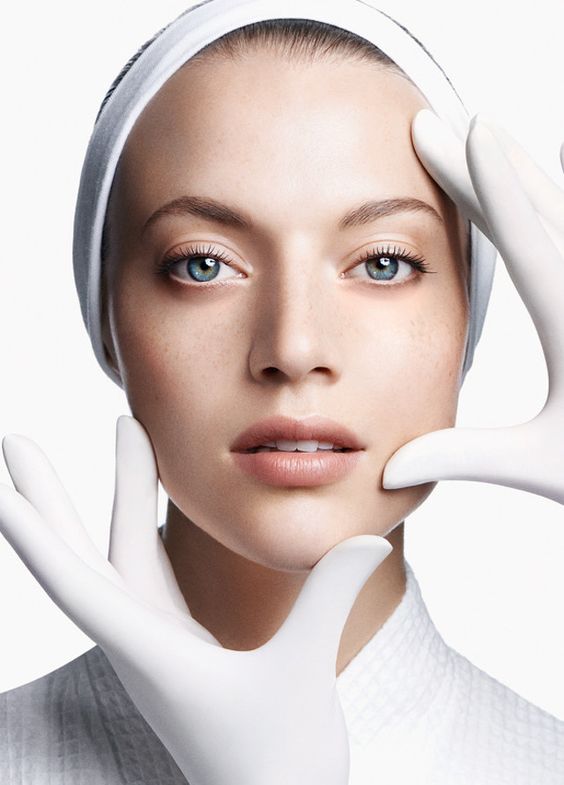
Scars from acne can seem like a double punishment – first you had to suffer through the oily pimply skin and now, you have unsightly marks to remind you. Some people ignore their scars and some wear them with pride, but if like the rest of us, you want a smoother complexion, fret not, there are a variety of ways to help improve the appearance or get rid of your old acne scars.
POTIONS & PEELS

The common ingredients in topical creams for acne scars include Vitamin A, which helps with stimulation of collagen, and Vitamin C, Kojic acid, arbutin, that help to lighten the pigmentation associated with early scars (post inflammatory changes). A chemical peel involves the application of a high potency acid upon the skin, and the more potent the acid, the deeper the penetration into the skin. You may want to consider Professional Chemical Peels that are excellent in lightening the post inflammatory marks and reducing the oiliness, which also helps to control new acne outbreaks.
Unfortunately, most scars take many years to form, and consequently, take many months to heal. Therefore, it is difficult for scars to just fade away using topical creams and chemical peels alone.
LASER

If your acne scars don’t fade away on their own, it may be time to consider booking an appointment with your doctor for a laser session. With so many different types of lasers around, which are the most effective?
There are 2 main categories of acne scars – acne marks vs acne scars. Marks are reddish or brown hyperpigmentation which fade very gradually on their own. Red scars can be effectively treated with VBeam Perfecta, a pulse dye laser which removes redness.
Deep acne scars give the skin an irregular surface and is best treated with ablative lasers. Fraxel offers patients the positive results of ablative resurfacing with the low down time of non-ablative therapies. This laser resurfaces the skin gradually, and the sites of thermal impact serve as a stimulus for collagen production to fill in the pitted appearance of the scars with your own collagen.
Traditional ablative lasers like CO2 or erbium can result in improvement of acne scars but require 1-2 weeks of down time. An innovation in micro-fractional laser therapy, the SmartX laser combines advanced fractional CO2 technology with a high speed computer scanner to deliver a precise matrix of microlaser pulses which are highly effective in erasing skin imperfections while facilitating rapid skin healing without the much dreaded prolonged down time. Besides the improvement in scar appearance, you will be happy to know that this treatment also results in skin tightening which helps to reduce wrinkles and loose skin.
PDRN – REJURAN HEALER
PDRN, or Rejuran Healer, is a popular wound healing booster used to encourage speedier healing of superficial wounds and boosting of collagen production in aging skin. Made of structural units found in DNA, Rejuran is purified DNA extracted from salmon.
The rejuvenative effects of PDRN are fascinating. First of all, it is found in small amounts normally in newly formed tissues and numerous studies have shown its wounding healing effects such as diabetic ulcers, skin grafts, bone tissue repair, and even in the cornea!
In the skin, the beneficial effects found were also profound, such as improved skin elasticity, hydration, repair, skin tone and texture, regulation of oil production, thickening of skin and reduction in fine lines and wrinkles. Rejuran Healer can be injected directly into acne scars for acne scars removal.
FILLERS
Old and sunken acne scars may do better with a treatment that plumps up the scar instead. Fillers can be injected under the skin and into scars to fill out or stretch the skin, making the scars less noticeable. However, results from this acne scar treatment are temporary so you need to repeat the injections periodically.
SURGICAL METHODS

For scars that respond poorly to all other treatments, your doctor may have to perform some minor surgical correction such as Punch Excision or Subcision.
Punch Excision: Ice pick and deep boxcar scars may be excised and skin edges sutured together as a fine, uniform line, which may fade on its own.
Subcision: This is a procedure that helps to break fibrous bands of scar tissue that are creating tension between the epidermis and deeper structures and also helps to induce new collagen formation.
– By Megan Thomas
